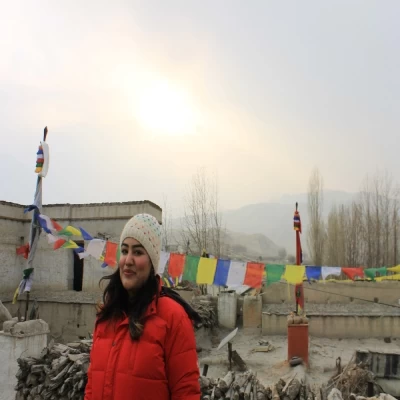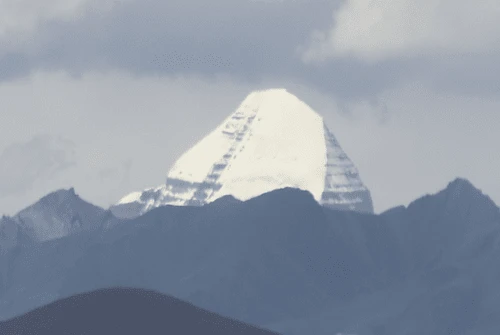Trekking in Nepal has captivated adventure enthusiasts from around the world for decades. Iconic trails like Everest Base Camp, Annapurna Base Camp, and Ghorepani – Poon Hill offer breathtaking landscapes, rich cultural experiences, and a chance to connect with the majestic Himalayas. After long days of trekking, finding suitable accommodation is crucial for proper rest and recovery. This comprehensive guide will explore various accommodation options available during trekking in Nepal, helping you make an informed decision for a comfortable and memorable experience.
Accommodation Options While Trekking in Nepal: Your Complete Guide
Trekking in Nepal has captivated adventure enthusiasts from around the world for decades. Iconic trails like Everest Base Camp, Annapurna Base Camp, and Ghorepani – Poon Hill offer breathtaking landscapes, rich cultural experiences, and a chance to connect with the majestic Himalayas. After long days of trekking, finding suitable accommodation is crucial for proper rest and recovery. This comprehensive guide will explore various accommodation options available during trekking in Nepal, helping you make an informed decision for a comfortable and memorable experience.
1. Tea Houses / Lodges
Tea houses are the most common type of accommodation on popular trekking routes such as Everest Base Camp, Annapurna Circuit, and Langtang Valley. These lodges are typically run by local families and offer a basic level of comfort for trekkers.
Price Range: $5 to $15 per night, depending on the season and altitude.
Rooms: Simple, clean rooms with twin beds. Bedding is usually provided, but a sleeping bag is recommended for additional warmth.
Bathrooms: Basic squat toilets are common, and hot water is typically available in a bucket for an extra charge.
Heating: Common areas are generally heated, but room heating is not common. A sleeping bag is essential for staying warm.
Dining: Meals are served in a common dining area. The menu usually includes traditional Nepali dishes like dal bhat (rice and lentils) and momos (dumplings). You may also find international options such as pizza, pasta, and noodles.
2. Homestays
Homestays are increasingly popular in regions like Langtang Valley, Helambu, and Gosaikunda. Staying in a homestay offers an immersive cultural experience with local families and provides insight into traditional Nepali life.
Price Range: Varies based on location and host.
Rooms: Typically furnished with basic bedding and furniture. The accommodation is simple but cozy.
Bathrooms: Often located outside the main house. Facilities may be very basic.
Experience: Provides an authentic glimpse into local life, including home-cooked meals and traditional hospitality.
3. Camping
Camping is often the primary accommodation option for remote or less-traveled routes where other options are limited. This experience is ideal for those seeking adventure and a deeper connection with nature.Price Range: $20 to $50 per night, depending on the level of service and trekking company.
Tents: Two-person tents are provided by the trekking company. These tents offer protection from the elements but may be basic.
Bathrooms: Portable toilets or cat holes are used for sanitation. Proper bathroom facilities are rare.
Meals: Prepared by trekking staff, meals typically include a variety of options to cater to trekkers’ preferences.
4. Luxury Lodges
For trekkers seeking a higher level of comfort, luxury lodges provide a premium experience on some popular trekking routes. These lodges offer enhanced amenities and services for a more comfortable stay.
Price Range: $100 to $300 per night.
Rooms: Well-furnished with comfortable beds, heating systems, and hot drinking water. Some lodges feature en-suite bathrooms with hot showers and even bathtubs.
Dining: High-quality meals with a wide range of Nepali and international cuisines. Some luxury lodges offer gourmet dining experiences.
Choosing the Right Accommodation
1. Consider Your Budget:
Your choice of accommodation will depend largely on your budget. Tea houses and homestays are cost-effective and offer basic facilities, while luxury lodges provide superior comfort at a higher price.
2. Check Availability:
During peak trekking seasons, accommodations can fill up quickly. Booking in advance is recommended to secure your preferred lodging, or be prepared to be flexible with your plans.
3. Assess Comfort Needs:
If you prefer a rugged, authentic experience, tea houses and homestays are ideal. For higher standards of comfort and luxury, opt for lodges or luxury hotels.
Selecting the right accommodation for your trek in Nepal is crucial for ensuring a comfortable and enjoyable adventure. Each option—whether it’s a basic tea house, a cultural homestay, a camping experience, or a luxury lodge—offers distinct benefits and experiences.Understanding the different accommodation options available will help you make an informed decision tailored to your needs and preferences. Whether you choose the basic comfort of tea houses, the immersive experience of homestays, the adventure of camping, or the luxurious amenities of high-end lodges, each option offers its own set of benefits. Ensuring that your lodging choice aligns with your comfort level and budget will not only enhance your trekking experience but also allow you to fully enjoy Nepal’s stunning landscapes and rich cultural heritage.
By selecting the right accommodation, you’ll ensure that your trek in Nepal is as memorable for its comfort and hospitality as it is for its breathtaking scenery.



